The Coupling of the Concept of "A Community with A Shared Future for Mankind" and Environmental Protection in Foreign Investment
DOI: 10.23977/jsoce.2025.070402 | Downloads: 14 | Views: 448
Author(s)
Mu Bin 1, Ye Longjie 1
Affiliation(s)
1 Xinjiang Police College, Urumqi, China
Corresponding Author
Mu BinABSTRACT
Generally speaking, Chinese enterprises are facing a variety of environmental risks in the investment of the countries along the Silk Road Economic Belt, especially in Central Asia. For example, the environmental risk brought by the construction project itself, the environmental regulation risk of the host country, the risk of environmental damage liability, the risk of resolving environmental disputes and the risk of international public opinion and so on. These risks have different degrees of impact due to the natural and economic and social development of the host country, the environmental protection norms system of the host country, international bilateral and multilateral environmental protection rules and domestic environmental protection norms. In the face of many environmental risks, China should learn from the international useful experience and embed the concept of "community with a shared future for mankind" from the perspectives of perfecting norms, enhancing dialogue and improving the way of cooperation. To establish an image of a responsible global power and effectively respond to international public opinion, it is imperative for China to strengthen environmental governance of its enterprises' overseas investments along the Silk Road Economic Belt. In the specific path choice, we can start from the domestic and international levels to build a comprehensive risk prevention system.
KEYWORDS
Silk Road Economic Belt; Outbound Investment; Environmental Protection; a Community with a Shared Future for Mankind; Cooperative RegulationCITE THIS PAPER
Mu Bin, Ye Longjie, The Coupling of the Concept of "A Community with A Shared Future for Mankind" and Environmental Protection in Foreign Investment. Journal of Sociology and Ethnology (2025) Vol. 7: 14-24. DOI: http://dx.doi.org/10.23977/jsoce.2025.070402.
REFERENCES
[1] Shi Jingxia and Chen Xiaoxia. "The China-EU Comprehensive Investment Agreement: A New Paradigm for China's Commercial Treaty Signing and Trade Negotiations" [J]. International Law Research, 2021(05):80-99.
[2] Wang Xiaoling. Building a "China-Central Asia Community with a Shared Future" from the Perspective of Social Cooperation [J]. Northern Forum, 2023, (02).p7.
[3] Xie Hui. On the Legal Globalization of Dialogue [J]. Political and Legal Forum, 2013,31(04):3-16.
[4] Gong Bohua. The "Three Principles" serve as the cornerstone of international law for building a community with a shared future for mankind [J]. Dongfang Legal Studies, 2018(01).pp30-37.
[5] Liao Fan. The Interpretation and Construction of a Community with a Shared Future for Mankind in the Context of Global Governance [J]. China Law Review, 2018, (05):41-60.
[6] Holmes Rolston: Philosophy Goes to the Wilderness, translated by Liu Er and Ye Ping, Jilin People's Publishing House, 2001, p. 227.
[7] Aurelio Pecchi: "The Report of the President of the Club of Rome for the Next 100 Pages", translated by Wang Guojun and edited by Wang Enguang, China Outlook Publishing House, 1984, p. 12.
[8] Che Pi Zhaoging. International Legal Reflections on the Concept of a "Community with a Shared Future for Mankind" [J]. Journal of Social Sciences, Jilin University, 2018,58(06):15-24+203.
[9] David Snow et al., The Wiley Blackwell Companion to Social Movements, New York: John Wiley & Sons, 2019, pp. 5-9.
[10] Hong Lianying, Zhan Huiwen, Wang Mengzhe. Responsible Foreign Investment: Three Dimensions and Corporate Ownership Advantages [J]. Journal of Beijing Technology and Business University (Social Sciences Edition), 2024, 39(01): 16-29.
[11] Xiao Bei. Research on Ecological and Environmental Risks and Legal Countermeasures of Chinese Enterprises' Investment in Countries along the Belt and Road [J]. International Forum, 2019,21(04):89-103+158.
[12] Ma Wenjie: Analysis of Compliance Audit Mechanism for Foreign Investment Environmental Behavior of State- Owned Enterprises, China National Conditions and National Strength, No.3, 2021, pp. 27-32.
[13] Li Hongwei. How Chinese Enterprises Can Avoid Environmental Risks in Overseas Investment: A "Belt and Road" Perspective [J]. China Foreign Investment, 2022, (06):40-42.
[14] Shen Wei. Structural Shifts in International Investment Agreements and the China Approach [J]. Comparative Law Studies, 2024(02):191-208.
[15] Fan Xubin. Conflicts and Coordination Between Free Trade and Environmental Protection under the WTO Framework-A Perspective on the Application of WTO Environmental Exception Clauses [J]. Nanjing Social Sciences, 2010, (12):94-99.
[16] Bian Yongmin. The Establishment and Development of International Customary Law on Transboundary Environmental Impact Assessment [J]. Journal of China University of Political Science and Law, 2019(02):32-47+206.
[17] Liu Yunqing. Analysis of the Status of the Principle of Prevention in Customary International Law [J]. International Law Studies, 2020, (04):69-93.
[18] Yu Liang. "The Obligation of the Home Country to Regulate Multinational Corporations under the International Covenant on Economic, Social and Cultural Rights -and a Review of Recent Practices by the Committee on Economic, Social and Cultural Rights" [J]. Global Law Review, 2014,36(06):160-172.
[19] Zhang Xiaojun, Cao Yunsong. The Function Exploration and Paradigm Construction of Bilateral Investment Agreements in the Belt and Road Initiative [J]. International Economic Review, 2021, (04):115-137+7.
| Downloads: | 39465 |
|---|---|
| Visits: | 1364460 |
Sponsors, Associates, and Links
-
Journal of Language Testing & Assessment
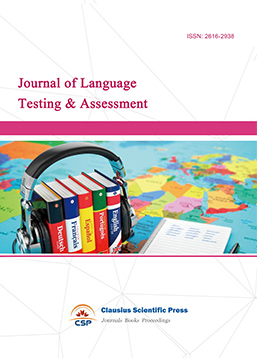
-
Information and Knowledge Management
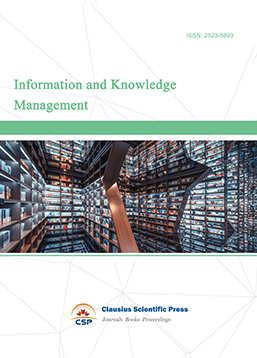
-
Military and Armament Science
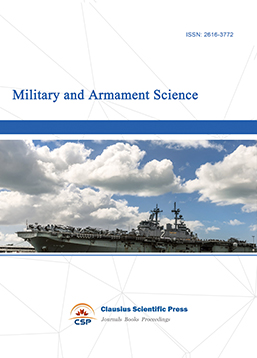
-
Media and Communication Research

-
Journal of Human Movement Science
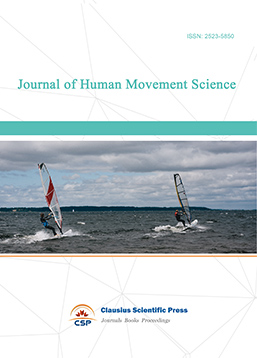
-
Art and Performance Letters

-
Lecture Notes on History
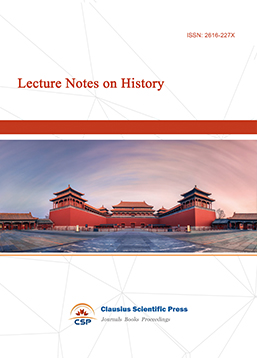
-
Lecture Notes on Language and Literature
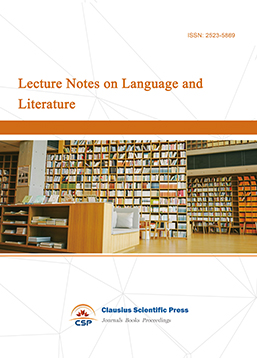
-
Philosophy Journal
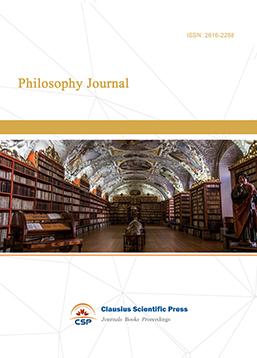
-
Science of Law Journal
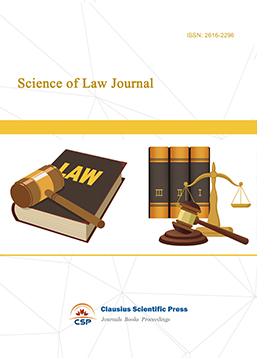
-
Journal of Political Science Research
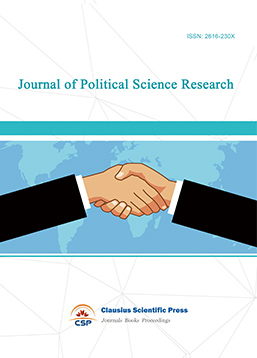
-
Advances in Broadcasting
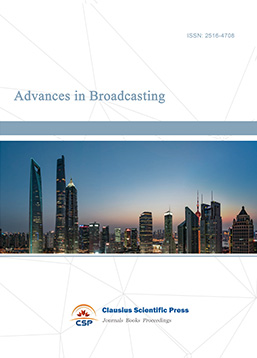

 Download as PDF
Download as PDF